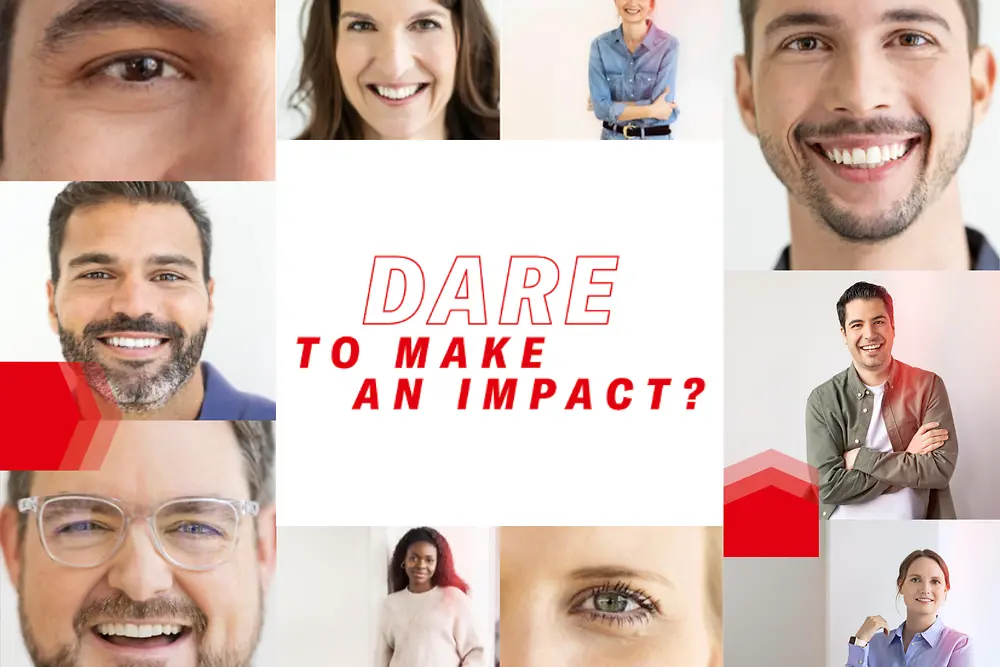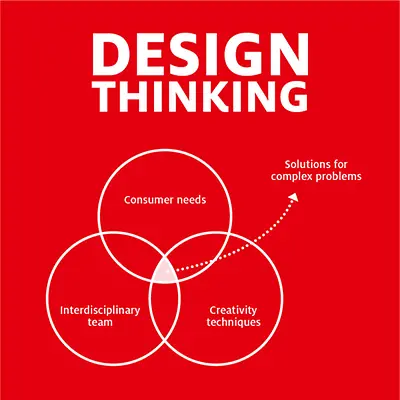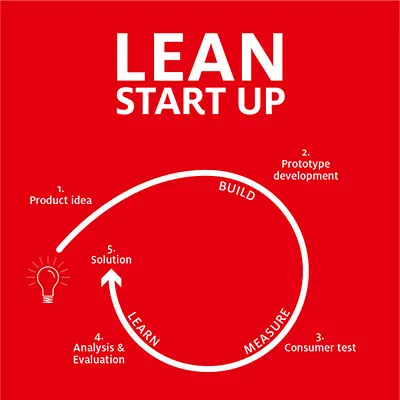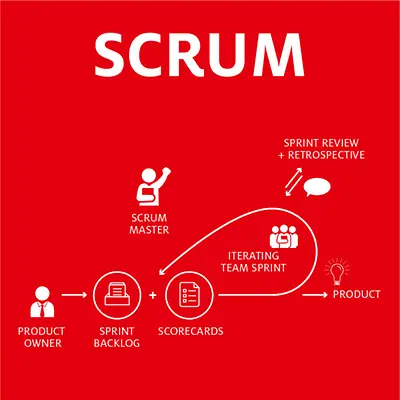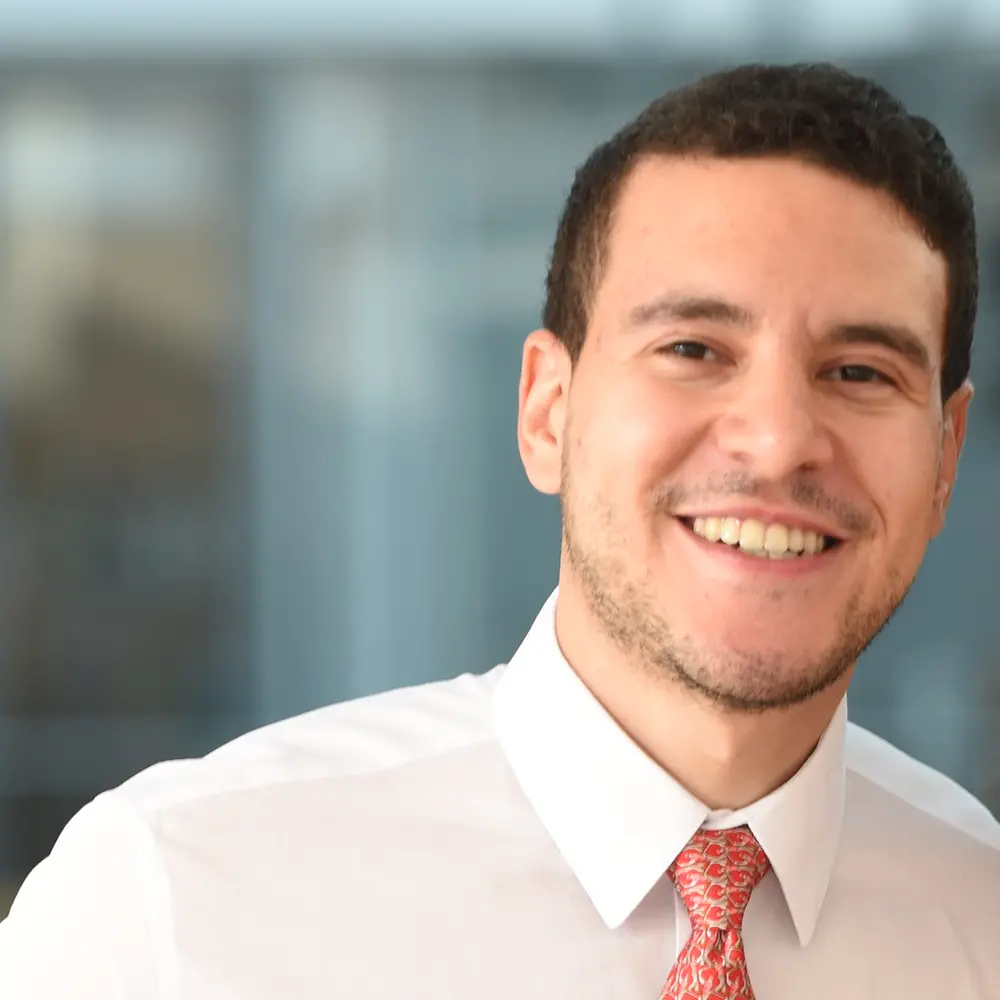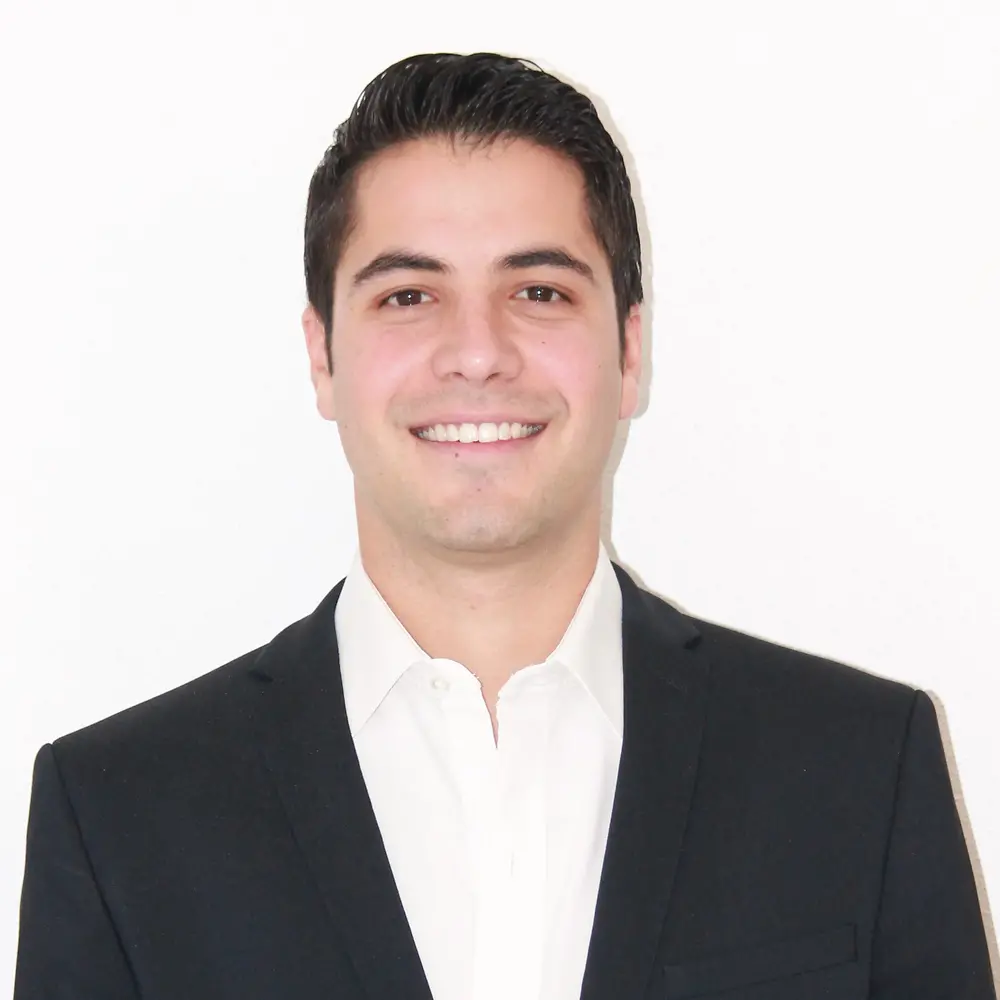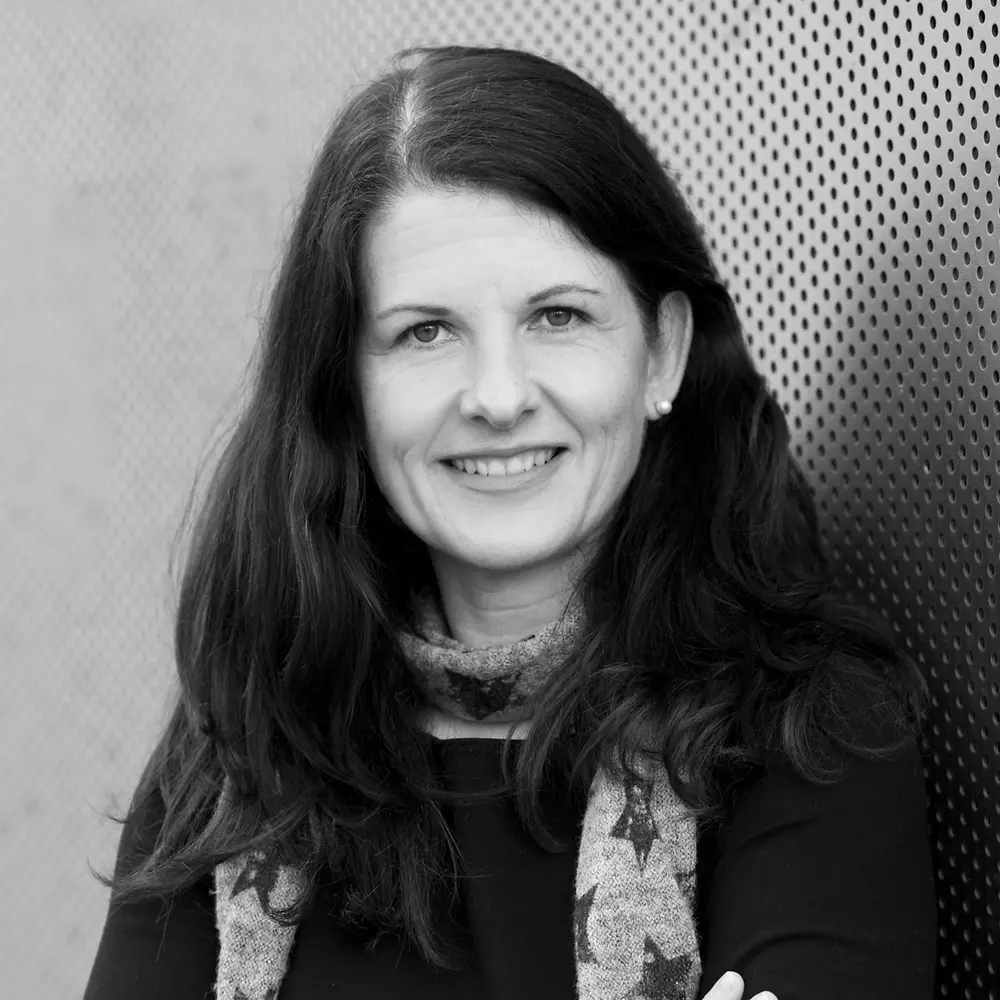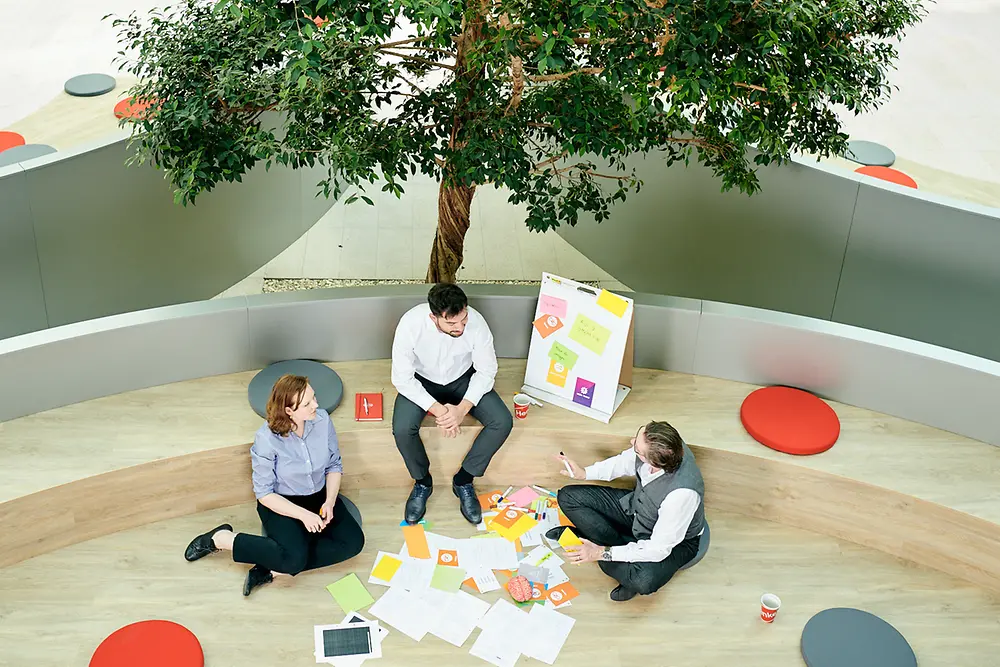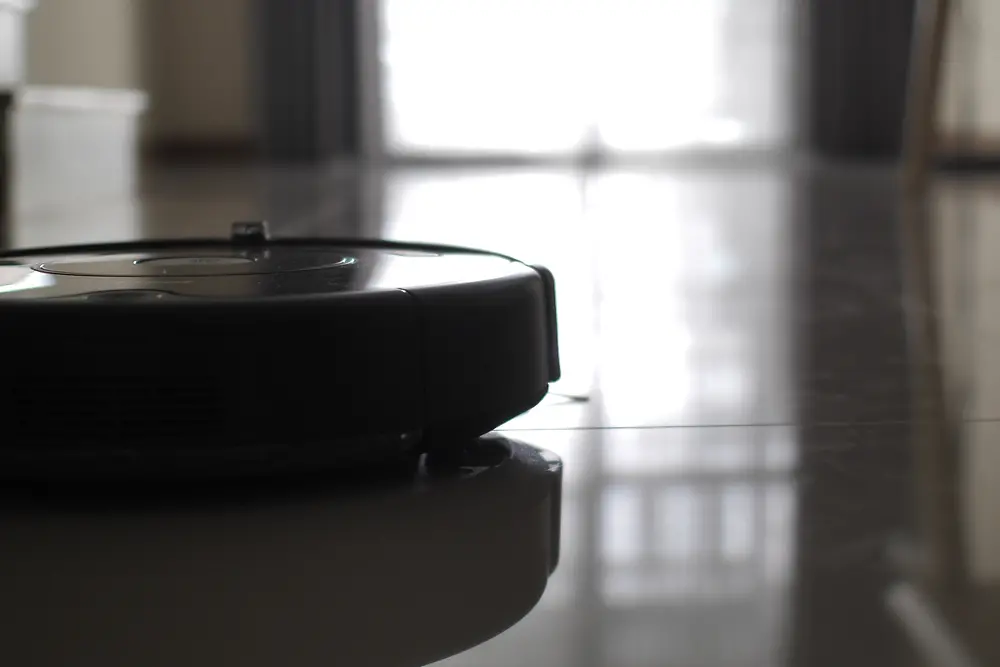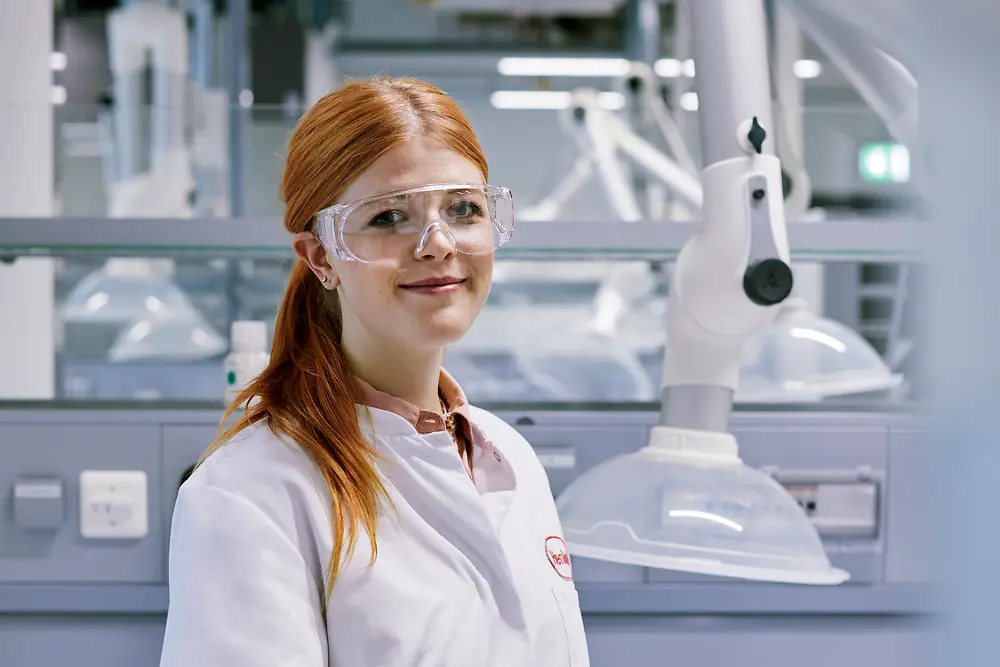Discover the brands and technologies from our business units Henkel Adhesive Technologies and Henkel Consumer Brands.
Sprinting to convincing innovations
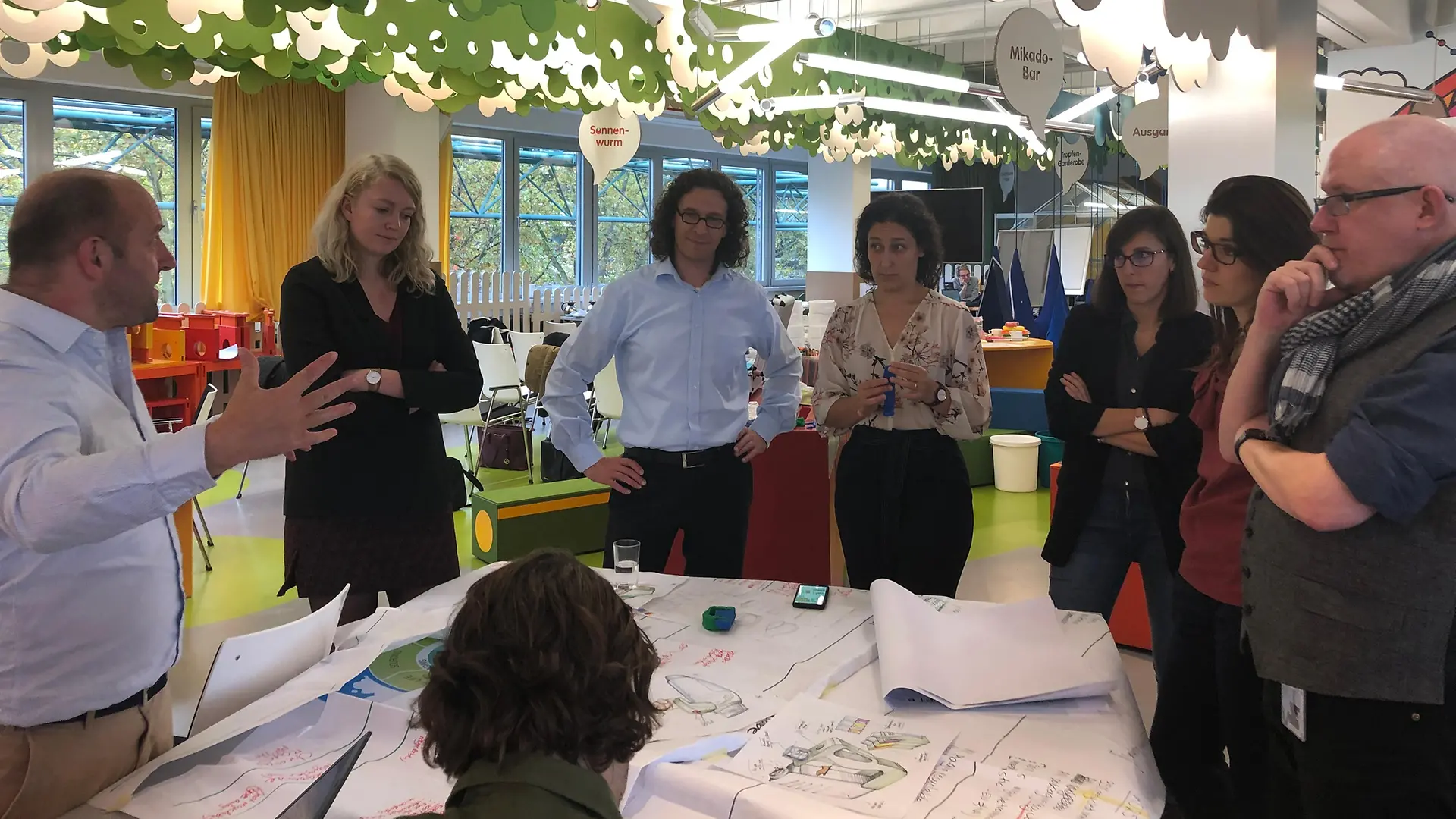
In a global and connected economy, consumer preferences are evolving at an increasing rate and are becoming more sophisticated. To keep pace with this, Henkel’s Laundry & Home Care business unit is implementing agile approaches in the innovation process to bring relevant innovations to the market in a more agile way.
Normally, it takes quite some time for a new product or service concept to grow from the initial idea to prototypes and finally to be launched onto the market. For example, a marketing team identifies a consumer need with market research, develops a concept and issues a brief, then a cross-functional team develops a corresponding product and launches it after consumer testing in one or more countries.
In a more fast-paced world, it is key to have a cross-functional team from the beginning, working on the problem to be solved and on possible solutions. Continuous interaction with consumers allows for adaption and improvement so that the final product meets consumer needs as best as possible. "Of course, we know our consumers all over the world very well and have done so for a long time. But the market is becoming increasingly complex and segmented. Consumers want increasingly individualized products and services. That's why it's important to work cross-functionally and react faster to trends and changing preferences – and ideally, we will offer consumers innovations that anticipate the trends," says Bruno Piacenza, Board Member Laundry & Home Care.
The team at Laundry & Home Care is therefore taking a more agile approach to the innovation process which will help them to better respond to consumer needs. The new approach goes through 3 different phases: Design Thinking, lean start-up (or Google Garage) and, in the implementation phase, Scrum approaches, which support the identification of the best and fastest ways to deliver to market. These steps, which are executed within weekly Sprints, can be repeated as required depending on the complexity of the project.
Agile Working Methods
Mattia De Dominicis, Head of Research & Development at Laundry & Home Care, coordinated the new approach and organized a series of pilot projects to put it to the test: "The pilot sessions with colleagues from different functions and with different areas of expertise were not only very inspiring, but also extremely promising," he reflects.
Three tasks for the pilot teams
Specifically, the teams had to solve three different tasks: One group had to develop current trends in the detergent sector, a second looked at how to reduce the use of plastic in packaging and increase the recycling rate, and the third team looked at the future of detergent formats.
The framework for the test run, designed to enable and promote agile collaboration, was almost as important as the content:
- In so-called Sprints, the teams had to challenge the previous assumptions through additional external inspiration and Design Thinking approaches, develop prototype solutions, test them with consumers multiple times and then choose the best direction and work on an implementation plan. All this within three months.
- Each team consisted of five to eight specialists from different disciplines and functions – Marketing, R&D, Supply Chain, Purchasing. The more diverse, the better.
- The members were partially released from their normal duties for the duration of the test, were able to concentrate on their project and interact within the team on a daily basis, as they were located in the same room.
- Each team was supported by external partners trained in agile methods and Design Thinking.
Before the teams were allowed to immerse themselves in their tasks, they were introduced to the agile methods that would later be used. This was followed by three Sprint sessions in which the teams brainstormed − supported by external inspiration and coaches who guided them throughout the process.
The first Sprint was attended by experts from the fields of innovation, sustainability and recycling management. These colleagues opened new perspectives on the tasks in hand. In the second Sprint, professionals with experience in agile practices provided insights into design and business models. By the end of this stage, prototypes had already been created, and these were presented to a critical test group of future consumers in the third Sprint: Teenagers in a school provided direct feedback on the ideas, thereby helping to optimize and improve them.

